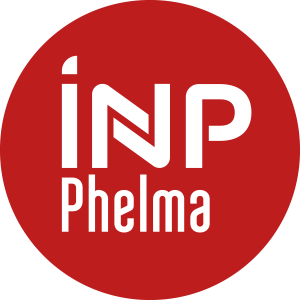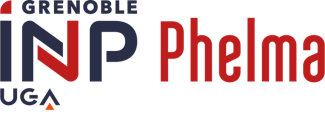Number of hours
- Lectures 0
- Projects 8.0
- Tutorials 0
- Internship 0
- Laboratory works 0
- Written tests 0
ECTS
ECTS 1.5
Goal(s)
The objective of these lab sessions at EPFL (Lausanne) is to put into practice the theoretical courses in neutronics and reactor kinetics, and in nuclear detection on an international research site. The practical work is carried out on three EPFL facilities: the CROCUS teaching and research reactor, the LOTUS shielded cavity and the BePu intense neutron source in the CARROUSEL water tank.
CROCUS teaching and research nuclear reactor: ROCUS is an experimental zero-power reactor, uranium-fuelled and water-moderated, mainly dedicated to teaching radiation and reactor physics. It is licensed for operating at 100 W, or a neutron flux of ~2.5•109 cm-2.s-1 at the core centre. Power is controlled either by changing the core’s water level using a spillway, or by two B4C absorber control rods, with an accuracy of ±0.1 mm (equivalent to approximately ±4 pcm) and ±1 mm respectively.
Note that very few small experimental / teaching nuclear reactors are available worldwide (and none in France). These experimental reactors are therefore unique.
Contact Elsa MERLEContent(s)
Following a comparison of the experiments available in the LRS laboratory at EPFL and those already performed by Phelma students, the following list of experiments is set up for these practicals:
Part on the CROCUS reactor (6h)
- Critical approach
- Power calibration by gold foil irradiation and TLD dosimetry
- Measurement of the axial and radial gradients of CROCUS
- Reactor period measurement by water level variation
Part on the LOTUS shielded cavity (2h): applied radioprotection
Part on the CARROUSEL water tank and the PuBe intense neutron source (4h): Fermi age, neutron scattering length, and associated Monte-Carlo calculations
Prerequisites
Radiation-matter interaction
Nuclear detection
Neutronics (theory and simulation codes)
Reactor kinetics
Writing of a report in groups of 2-3 students
No session 2
N1 = %CC



